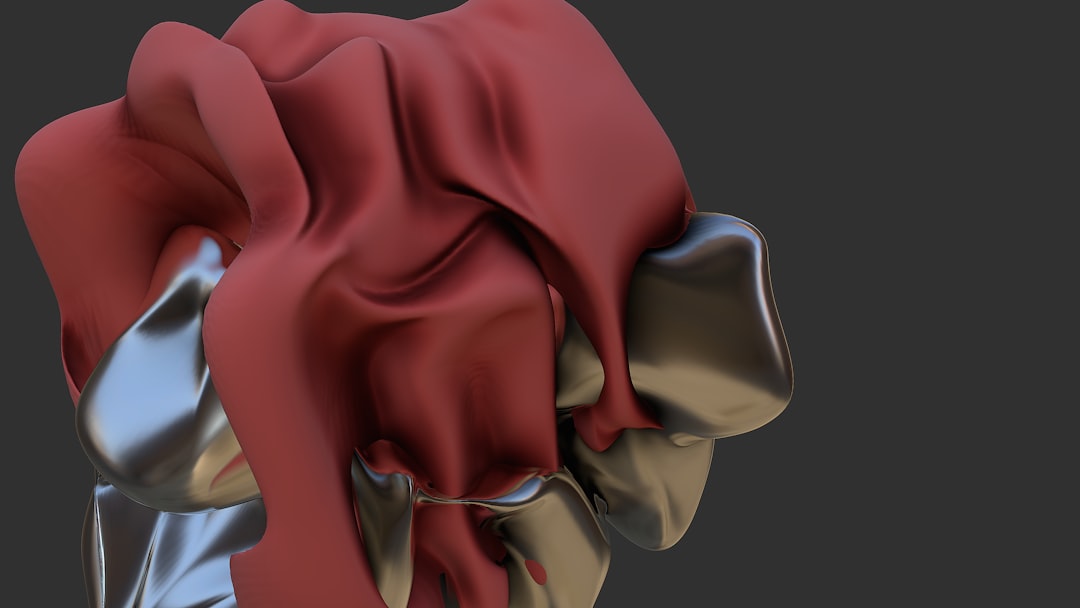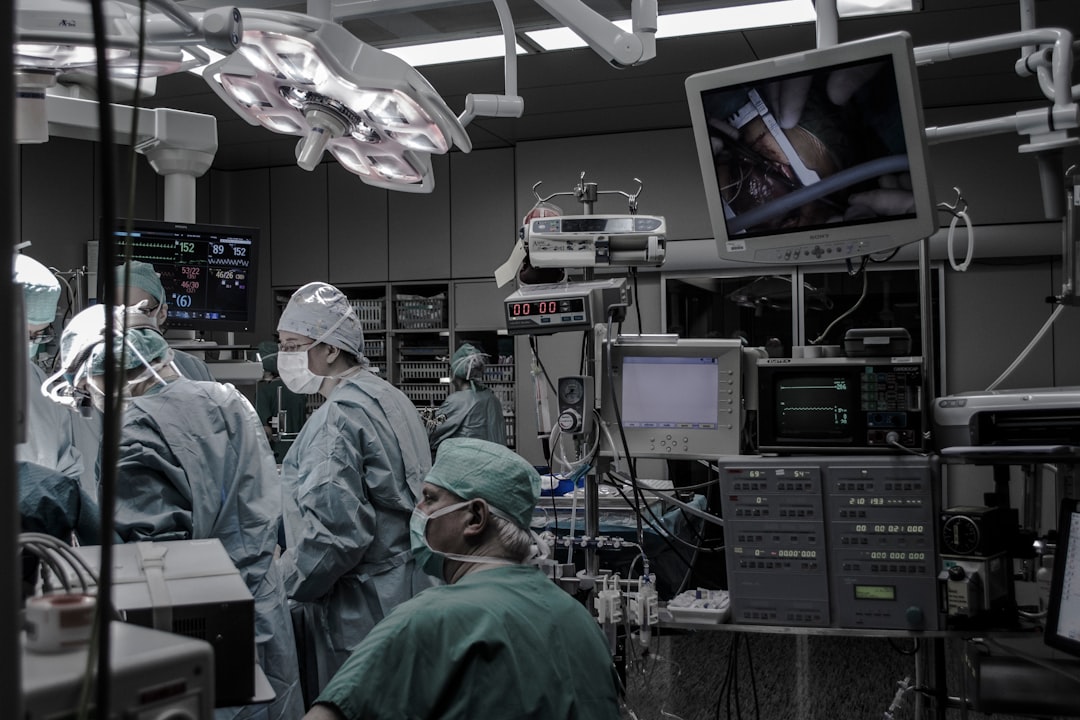FreeSurfer history: Evolution of Dental Visualization
FreeSurfer, a powerful tool for 3D visualization, implantology, and surgery, has come a long way since its inception. From its roots in research software to its current status as a global dental visualization platform, FreeSurfer has undergone significant transformations. In this article, we’ll delve into the FreeSurfer history and explore its evolution, highlighting key milestones, features, and comparisons with legacy tools.
The Genesis of FreeSurfer
FreeSurfer was first created in the 1990s as a research software tool by the Massachusetts General Hospital’s (MGH) Athinoula A. Martinos Center for Biomedical Imaging. Initially designed for neuroimaging analysis, FreeSurfer quickly gained popularity among researchers due to its free and open-source nature. The software’s ability to provide detailed, accurate, and automated analysis of brain structure and function made it an invaluable resource for the scientific community.
Over time, FreeSurfer’s capabilities expanded beyond neuroimaging, and its applications began to extend into other fields, including dentistry. The software’s 3D visualization and analysis tools made it an attractive solution for dentists and researchers looking to improve their understanding of dental anatomy and implantology.
Evolution of FreeSurfer in Dentistry
Early Adoption
The early adoption of FreeSurfer in dentistry was met with enthusiasm, as researchers and clinicians recognized the software’s potential to enhance their understanding of dental anatomy and improve treatment outcomes. Studies began to emerge, showcasing the efficacy of FreeSurfer in analyzing dental structures, such as teeth and jawbones.
One of the key advantages of FreeSurfer in dentistry was its ability to provide detailed, high-resolution 3D models of dental structures. This allowed researchers and clinicians to better understand the complexities of dental anatomy and develop more effective treatment plans.
| Feature | FreeSurfer | Legacy Tools |
|---|---|---|
| 3D Visualization | High-resolution, detailed models | Lower resolution, less detailed models |
| Analysis Capabilities | Automated analysis of dental structures | Manual analysis, limited capabilities |
| Cost | Free, open-source | Commercial, expensive |
Comparison with Legacy Tools
When compared to legacy tools, FreeSurfer offers several advantages. Its 3D visualization capabilities are unparalleled, providing high-resolution, detailed models of dental structures. Additionally, FreeSurfer’s automated analysis capabilities make it a more efficient and accurate solution than manual analysis methods used in legacy tools.
Furthermore, FreeSurfer’s free and open-source nature makes it an attractive solution for researchers and clinicians looking to reduce costs. Legacy tools, on the other hand, are often commercial and expensive, making them inaccessible to many.
| Tool | Cost | 3D Visualization | Analysis Capabilities |
|---|---|---|---|
| FreeSurfer | Free | High-resolution, detailed models | Automated analysis of dental structures |
| Legacy Tool 1 | Expensive | Lower resolution, less detailed models | Manual analysis, limited capabilities |
| Legacy Tool 2 | Commercial | Medium resolution, moderately detailed models | Semi-automated analysis, some capabilities |
Future Developments and Applications
As FreeSurfer continues to evolve, we can expect to see new features and applications emerge. One potential area of development is the integration of artificial intelligence (AI) and machine learning (ML) algorithms to enhance the software’s analysis capabilities.
Additionally, FreeSurfer’s applications in dentistry are likely to expand, with potential uses in areas such as orthodontics, oral surgery, and prosthodontics.
In conclusion, the FreeSurfer history is a story of evolution and innovation. From its roots in research software to its current status as a global dental visualization platform, FreeSurfer has come a long way. As the software continues to develop and improve, we can expect to see new features, applications, and advancements in the field of dentistry.





